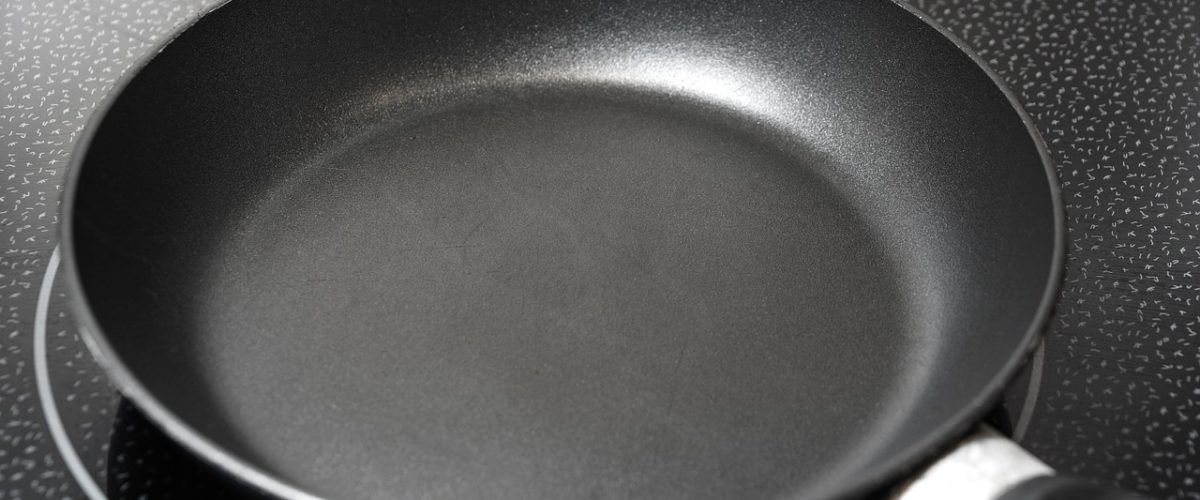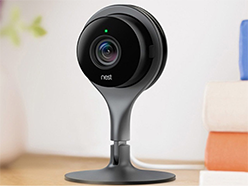Millions of people all around the globe use nonstick cookware for their daily cooking activities. You might have heard of nonstick pots and pans in one way or another. So, what exactly is nonstick cookware? Nonstick cookware is a set of modern cooking pots and pans that are made of aluminum and a coat of polytetrafluoroethylene.
Polytetrafluoroethylene is a compound that is chiefly branded as Teflon. There is so much controversy that surrounds nonstick coatings like Teflon.
Polytetrafluoroethylene alias Teflon is a synthetic compound that consists of carbon and fluorite elements. This compound makes the conventional cookware easy to use and clean. Some people claim that this compound is harmful to human health when it is coated on cookware.
In order to apprehend whether it is harmful or not, you need to read the information below. This article provides a comprehensive explanation of nonstick cookware. Keep reading.
How nonstick cookware works
When you magnify a regular metal pan, you will note that its surface is ragged. Actually, you will see many small nooks and crannies. So, when you heat that metal pan, it will start to expand as metal are known to expand when heated. After it has expanded, those pores noted on the surface will as well enlarge and allow food particles and oil to seep in as you cook.
The food particles and oil then solidifies and sticks on to the metal pan. In to abate that sticking tendency of food and oil to the metal cookware, you need to coat that metal pot or pan with oil. The oil will fill the fissures and prevent food from seeping in. That method is unhealthy and it consumes a lot of oil.
A nonstick material like Polytetrafluoroethylene fills those pores on the pan, which makes it almost frictionless and virtually nonstick.
Foods to cook in nonstick cookware
 Nonstick pot and pans are very helpful when it comes to cooking foods that require less heat because they tend to stick to the pan. Some of these foods include eggs and fish. However, foods that require to be browned like pancakes should not be cooked on nonstick cookware. When heat is supplied, the electrons in the metal pan or pot are agitated but then they are held by nonstick coatings.
Nonstick pot and pans are very helpful when it comes to cooking foods that require less heat because they tend to stick to the pan. Some of these foods include eggs and fish. However, foods that require to be browned like pancakes should not be cooked on nonstick cookware. When heat is supplied, the electrons in the metal pan or pot are agitated but then they are held by nonstick coatings.
Although you can brown some foods with nonstick pans, the browning level is not that pronounced as the one in conventional non-coated metal pans.
Advantages of using nonstick cookware
- They help to cook healthier foods because less amount of oil is used. With nonstick cookware, the food does not stick because the pores are covered by polytetrafluoroethylene.
- The use of nonstick cookware speeds up cooking.
- Nonstick cookware is very cost-effective.
- Nonstick cookware is very easy to cook, clean, and dry. Regular cookware absorbs a lot of cooking oil which makes them very difficult to clean them. Actually, you will need more soap and water to clean out the sticky oil and food on the metal pot or pan.
- Nonstick cooking utensils are scratch resistant.
- Non-stick cooking pots and pans appear more stylish, appealing and modern. Continuous use of uncoated steel and aluminum utensils makes them look dull and unappealing. On the other hand, nonstick cookware comes with a dark greyish coating that can complement a modern kitchen
- Nonstick cookware promotes a uniform heat distribution which saves fuel.




